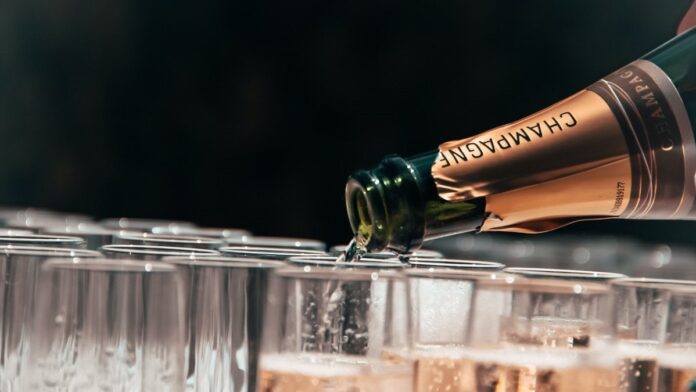When discussing celebrations or thinking about a fancy night out, champagne is often in the conversation for a drink to mark the occasion. Well, if you’re like most of the Travel Wanderlust team, you might have a few misconceptions about the alcohol and what makes it so special.
To help us better understand this special drink, we asked expert Inge Fransen, who is the CEO of Vranken-Pommery Australia, if she can help set us straight.
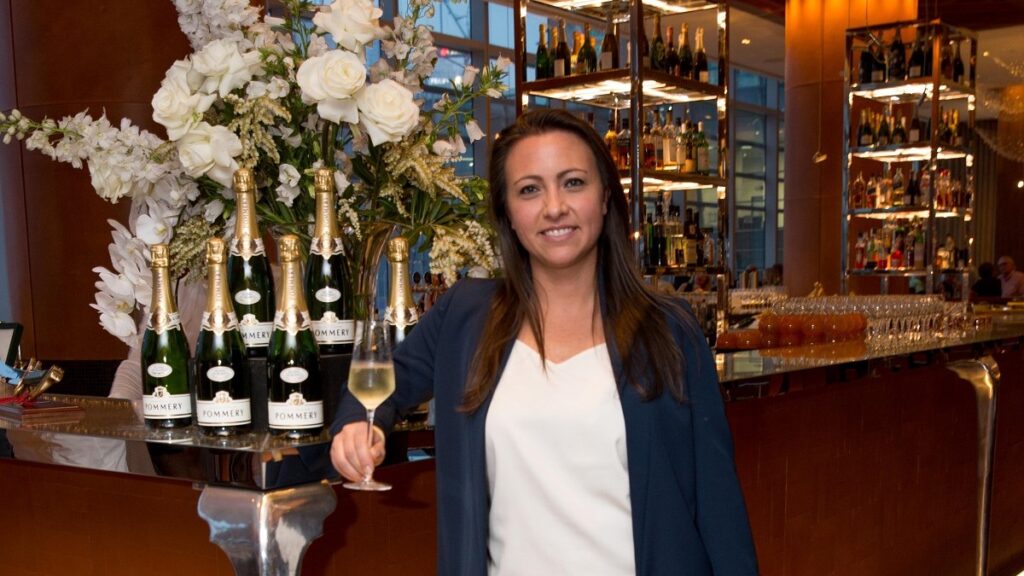
Inge is an expert in the field with over 10 years of “pure passion” for champagne. Originally from Belgium, Inge joined this family-owned group in Europe, before being asked to take the reins in both Australia and New Zealand in 2012.
READ MORE: We talk all things craft beer with Charlie Hodgson from Helios Brewing
We were thrilled that she could take the time to share her passion for the drink with us and also give us an education into why it is so special.
Where is Champagne from?
From…Champagne!
In the North-East of France at about 150km from Paris, you will find this picturesque and stunning wine region. Only the effervescent wines produced from this region can be referred to as “Champagne”.
Chardonnay, Pinot Noir and Pinot Meunier are the main grape varieties grown and limestone and chalk are the dominating elements in the soil which makes these grapes, amongst many other factors, so special. The region has two main cities, Reims and Epernay which both boast of history. In 2015 the whole region was declared UNESCO World Heritage, and both in and outside of the main citiesyou will find many beautiful Champagne Houses producing this bubbly liquid gold.
The Maison of Pommery, created in 1836 and run by the extraordinary Madame Pommery (a widowed trailblazer in a men’s world), being my favourite goes without saying.
What is Champagne?
It is an effervescent wine. Once the grapes are harvested after having been meticulously cultivated, the artistic process of blending begins. Once the perfect blend has been composed by the Chef the Cave (Cellar Master), either it be for a vintage or a non-vintage champagne, a double fermentation process will create the “bubble” in the wine. The chosen fermentation process can differ per quality of the alcohol and always occurs under the closely surveying eye of the Cellar Master and his team.
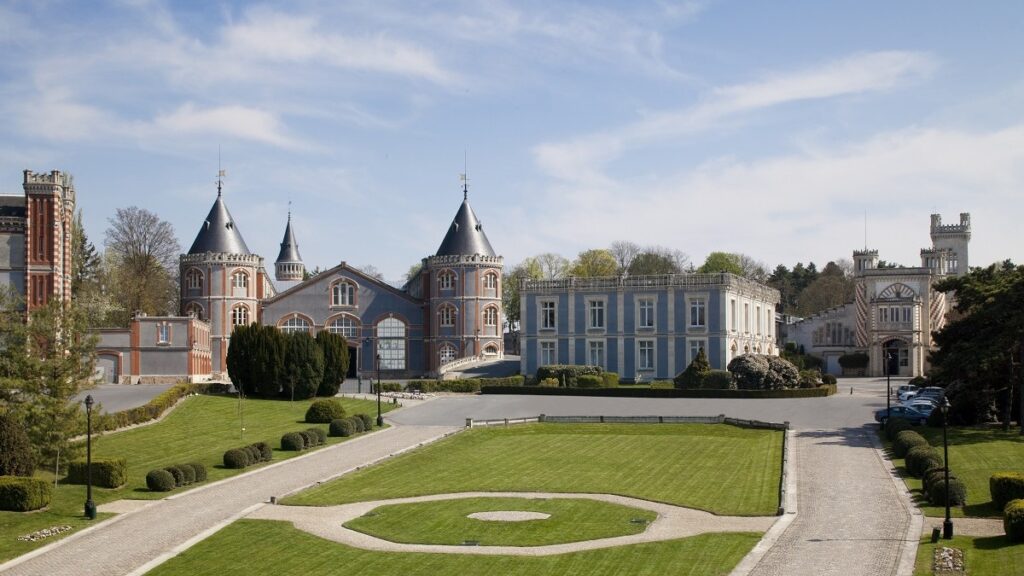

The origins of champagne date back to the 18th century and what many may not know is that it used to be a very sweet and powerful wine, very high in alcohol. In 1874, Madame Pommery saw this differently and decided to create the first BRUT Champagne; dry in style, refreshing and enjoyable at any time of the day. A major financial risk for the company, but clearly a successful one as it is the style we enjoy most today!
What is the difference between Champagne and sparkling wine?
The difference is defined by the region of origin and production method. A champagne is always a sparkling wine as it is effervescent, however not all sparkling wines can be referred to as champagne. If not produced in Champagne, from grapes grown in the region and according to the strict regulations of champagne-making it automatically becomes a sparkling wine.
So even in France you will find sparkling wines that are not champagnes and other countries such as Spain (Cava), Italy (Prosecco and Franciacorta), Australia, New Zealand, California and now even England are renowned for the production of sparkling wines, not champagne.
What makes Champagne bubbly?
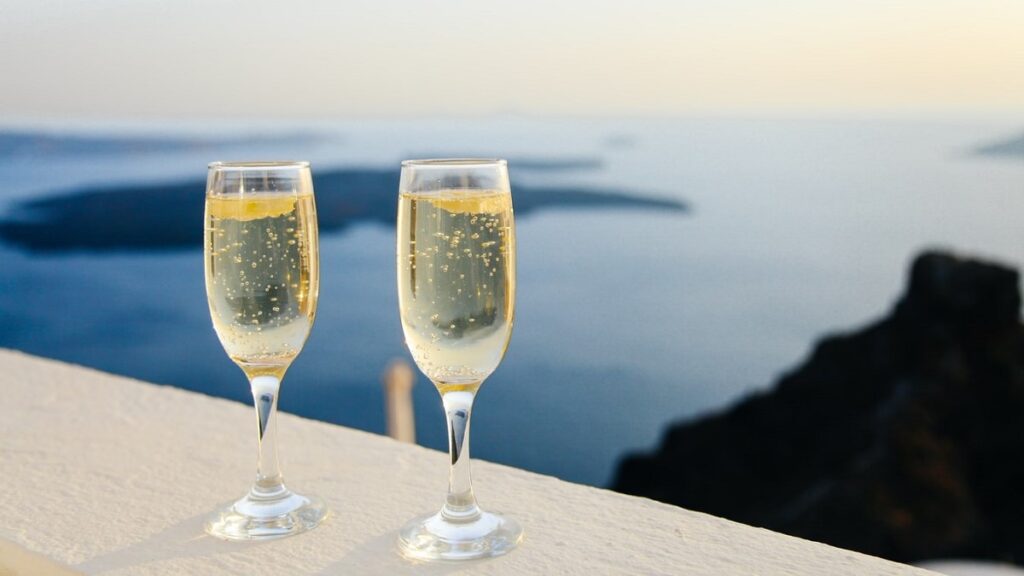

Without wanting to become too technical, as indicated there is a double fermentation process which takes place. The first fermentation commences immediately after the grapes have been picked and pressed and is referred to as the primary alcoholic fermentation which turns the juice into a wine. This will very likely occur in stainless steel vats. A small number of producers may still use oak but this has become quite rare.
The second fermentation occurs in the bottle, and it is activated by a liqueur that is called the liqueur de tirage and consists of sugar and yeast. For readers wanting to explore these processes more in detail, the Champagne Committee shares a very detailed process on their website www.champagne.fr.
The bubbles have always represented celebration. It became synonymous with the French lifestyle and no high society event was ever complete without champagne. The royalties and nobility had close associations and so it rapidly became known as “the wine of kings and the king of wine”. Today luckily, it is no longer a matter of royals only.
What food can you pair Champagne with?
Everything! As champagne has such a broad offer of different Cuvées, you can easily find the perfect match to each dish, even the more complex or heavier food styles where often one would reach for a glass of red wine. Personally, I love nothing more than organising paired champagne degustation dinners or luncheons and taking guests on this beautiful experience.
Whilst blending, the Cellar Master decides upon the percentage of each grape variety which directs the tasting profile of the champagne. Pinot Noir for example brings body, Chardonnay brings elegance, freshness and long ageing potential (that is of course if you can resist the temptation to crack the bottle!). He can blend or decide to use just one variety, which would then be a Blanc de Blancs (white juice from the white grapes or 100% Chardonnay), delicious with oysters, scallops, caviar, seafood or a Blanc de Noirs (white juice from the red grapes – either Pinot Noir and/or Pinot Meunier) – excellent with cheese, wild mushrooms or duck.
What do you recommend someone new to Champagne should try?
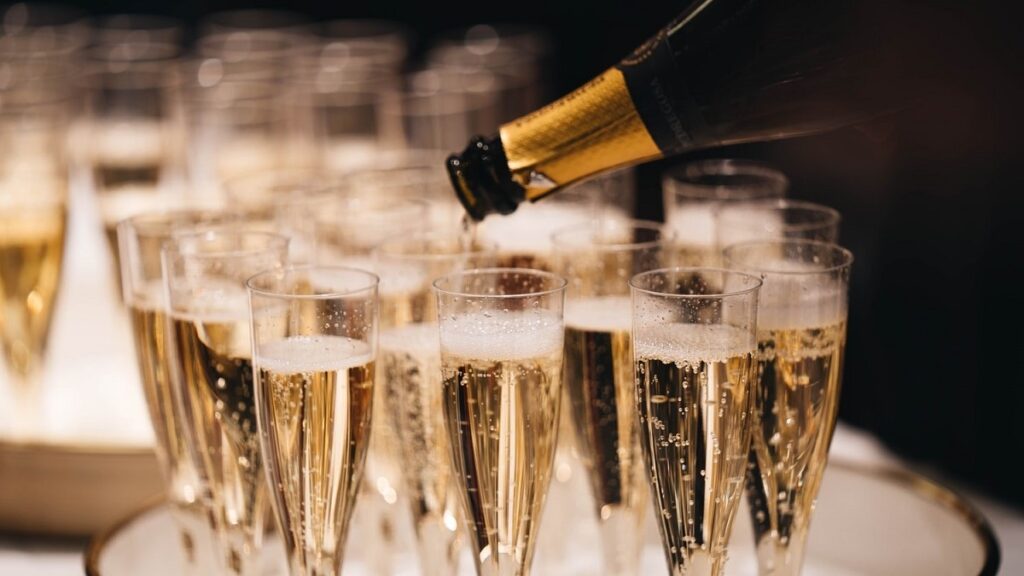

Try many and explore what you like. There is so much written and lots of expertise in the area of Champagne, however in the end the purpose is to please the palate and enjoy a wonderful moment of exceptional wine. Maybe start with a non-vintage at a reasonable price point and work your way through Rosé, Blanc de Blancs, a Vintage and a Prestige Cuvée, for example the Pommery Cuvée Louise vintage. But be warned, once you have tried the quintessence of a House it’s hard to go back!
Are there any ‘no-nos’ when it comes to drinking Champagne?
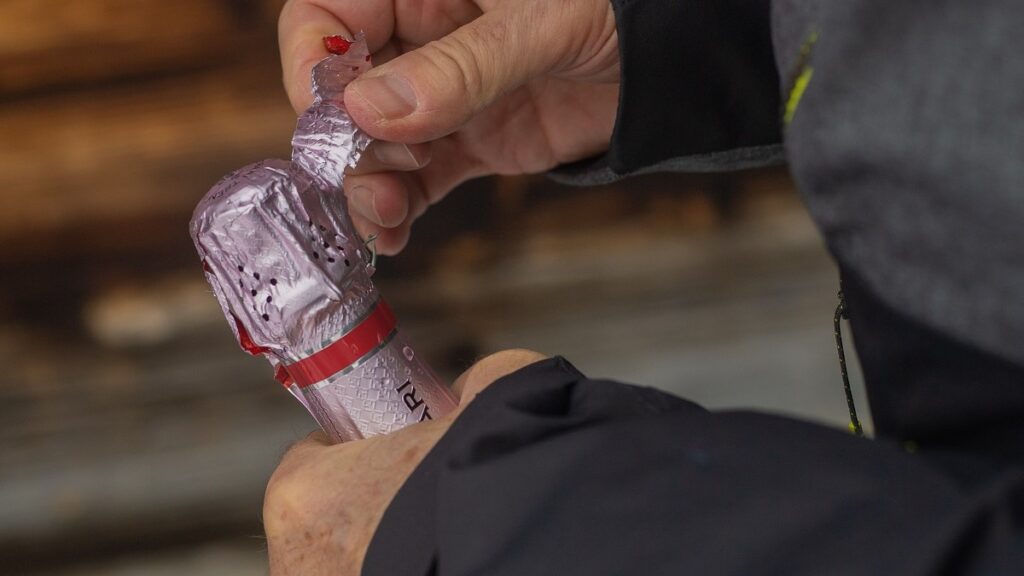

There are many no-nos when it comes to enjoying your champagne. Some are based on safety, others on etiquette and all are equally important. Safety first, as always! To begin, it is important to remember that once the cork wire has been loosened, never take your hand off the cork. The pressure inside of a bottle is incredibly high and a cork can often come out a lot faster than expected. Hold the cork and turn (twist) the bottle with your other hand so you can open it very slowly.
That brings us to number two, respectfully opening a bottle should be gentle instead of the big POP. Further, pour the glass slowly and never fill it to the top. Whilst enjoying your champagne, hold your glass at the stem instead of the bulb so you don’t warm up the wine. Finally, savour and create beautiful memories – but always in moderation.
READ MORE: We talk all things cider with Warwick Billings from Cider Australia
What is your favourite Champagne?
There are many, too many to choose just one! I would usually tend to select based on the occasion rather than a favourite. A Brut Rosé on a lovely spring day or with dessert. The newest release of Pommery, the Apanage Blanc de Blancs NV equally just divine. With 100% Chardonnay, it lingers in the mouth and boasts freshness and elegance.
The Cuvée Louise prestige vintage brings complexity with an eternal length whilst maintaining extraordinary freshness despite the many years of ageing and patiently waiting before being released. Terrific with lobster or Wagyu beef. From another House, the House of Vranken, the Cuvée Diamant with 50% Chardonnay and 50% Pinot Noir will take us on a great journey of celebration whilst the eye is equally spoilt! And I could go on and on…

